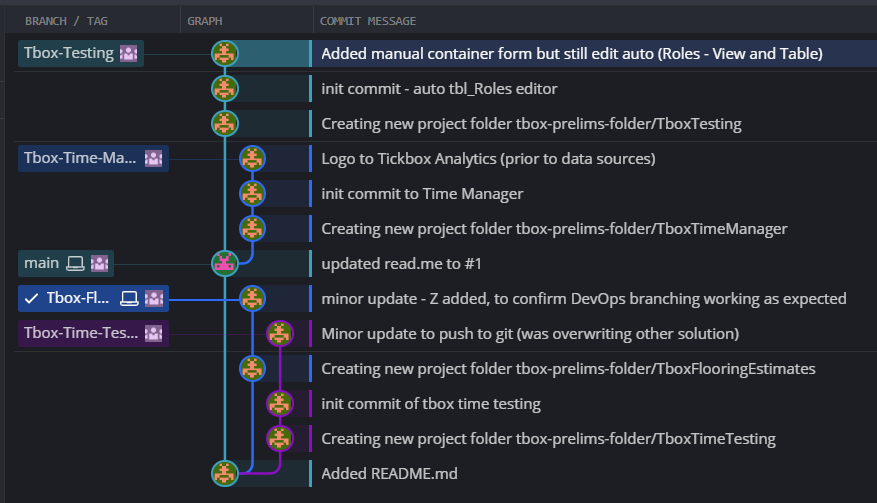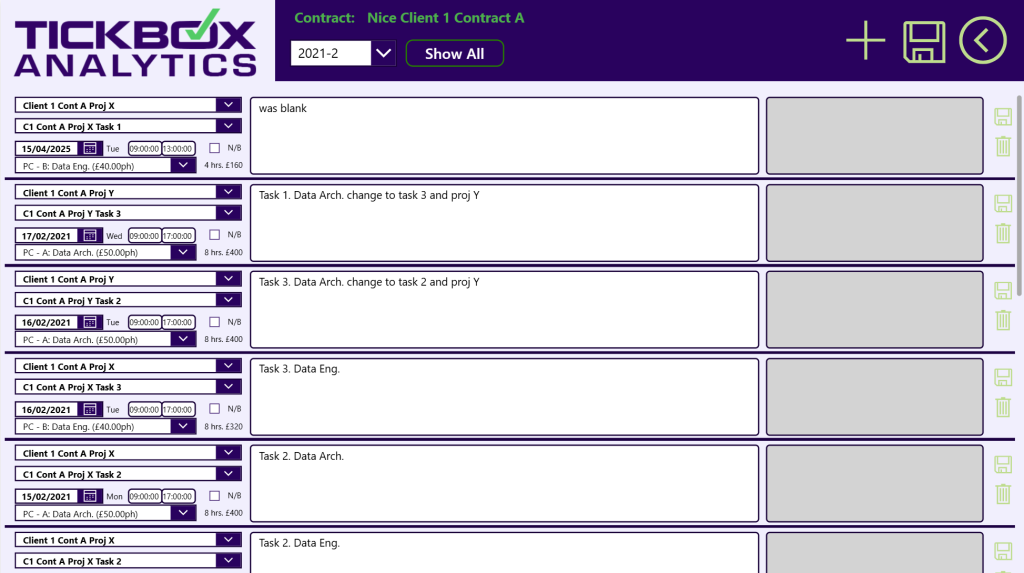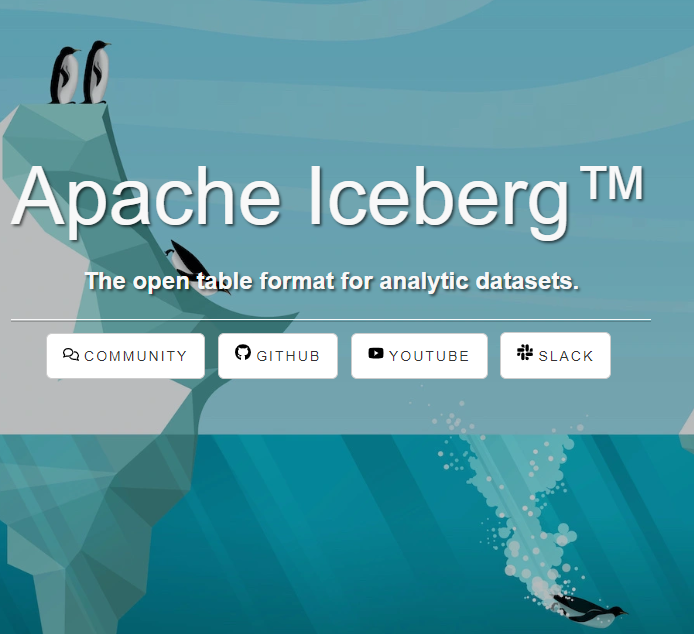When you need to edit and maintain your data (in the SQL database, SharePoint ore even Excel etc), it’s tricky to settle on a solution. There are high and low code solutions, and even no-code, although the latter often turns out a sheep in wolf’s clothing. Any professional developer will want to use a full blown (high) code solution, preferably with a GUI (Graphical User Interface) editor to increase productivity – like C# (WinForms, WPF etc) or Python (Qt, Tkinter etc). But that comes at cost: expensive developer time, and worse – extensive code maintenance.
So it’s a relief there is something which combines benefits and can fit into your Microsoft infrastructure – good old Power Platform, and specifically – Power Apps. Having hit the road properly in 2016, it has maintained it’s place on the platform (where Silverlight with it’s promise did actually fall off). It remains a low-code solution, with drag-and-drop interface objects and the Excel-like Power Fx code which is also incorporated into Power Automate, with which it is nicely integrated. But one thing which was severely lacking (similar to Power BI in fact, which also has been making strides) was real Git integration – ie. code version control (CVC). It was always setup for app history management where you could roll back versions, but that was clunky and awkward to document, let alone share collaboration.
Finally, we can now create “Solutions” which include all data connector properties together with all the GUI objects as well as Automate flows and connect them to Git, the standard for CVC, where the code can be viewed. It actually works through Azure DevOps, but the Repositories created can be easily cloned for local development. Other tools can then be used for file management (although it’s not yet recommended to edit in-situ outside of Power Apps Designer) – here’s a branch and commit view from GitKraken for example:

This is a huge milestone for Microsoft on Power Apps, showing their investment – they would not expose the inner code workings so much if the roadmap was ending. There is much still to be done to improve things – they have been changing the way this Git integration worked (last year’s O’Reilly book method is already completely out-dated) and there’s a move towards more clearer YAML than JSON formats so that Git Diffs can be easier to assimilate. However, this shows that Power Apps is now a serious solution and one which we put our mind too, as it can seriously save you time and money better spent on data analytics, not mundane data management.



